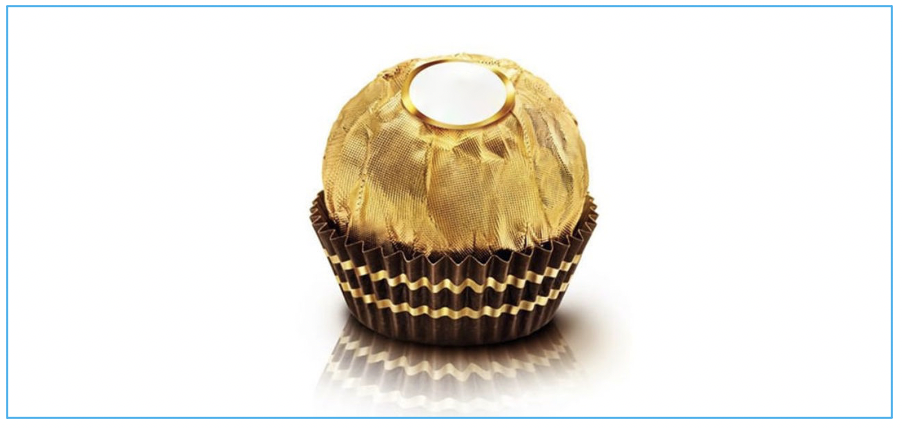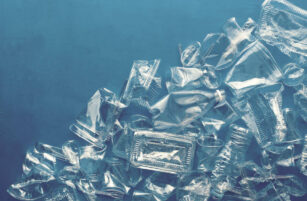
A Quick Recap
In our previous reports, we have explained the use and trends in the aluminium beverage can industry and discussed the history of aluminium foil production and its contemporary uses.
Trends in Aluminium Packaging
The aluminium packaging market is growing at a healthy pace, with even the market for regular household foils growing at perhaps 4% Compound Annual Growth Rate (CAGR).
A much more dynamic area for aluminium foils, where innovation abounds, is their use in flexible packaging and retort pouches. The aluminium foil is a part of a multi-component package wall and base. There are, however, technical issues facing this part of the industry, particularly on the trade-offs between food waste reduction, energy use and recycling.
A further area of growth is in the pharmaceutical area (with some food usages) of blister and strip packs and related products. Post COVID -19, the CAGR for these two sectors is likely to exceed 5%.
Aluminium Containers and Foil Lids
Intuitively, and as with aluminium beverage cans, the growth in containers has likely increased during 2020 because of COVID-19; but not evenly across the globe. In particular, countries prohibiting dine-in restaurant food, but allowing delivery and/or take-away should be positive. There have been no reported shortages of containers as there have been with beverage cans.
Although there seems to be only a limited number of ways to improve aluminium foil containers, growth will still occur from increasing demand from a more convenience-based consumer, a growing global population, and the demand for improved food safety (etc). There may not be such rapid growth as some other foil sectors, but there are opportunities for growth in the container sector from another source, namely as a substitute for other common packaging materials on the grounds of a better environmental profile.
Foils have recyclable qualities, particularly against other materials such as PE (Polyethylene) and BOPP (Biaxially-Oriented Polypropylene). They also improve food storage life and have aseptic food safety attributes. In the language of the international industry, the two most common types of containers are called ‘smoothwall’ (below, left) and ‘wrinklewall’ (below, right).

Wrinklewall containers are popular in the restaurant industry, for take-outs, and with bakeries (for on-the-go products). They are suitable for all types of ovens, as well as for freezing meals and storing fruit and vegetables. Wrinklewalls have many variants and flanges, depending on the lid to be fitted. L Rim and G Rim (the latter for automated lidding), curls to prevent spillage, perforations to allow steam to escape, or even grill holes in the bottom to allow BBQ juices to escape are all possibilities. Aesthetics can also be improved by fluting the container.
Smoothwall containers probably offer the best opportunity to take some of the plastics market because they have a ‘ready to cook’ appeal; no need to find another cooking receptacle, just remove the packaging and place in the oven.

There are some noteworthy technical developments in this sector, mostly relating to functionality, size and decoration of these semi-flexible containers.
One innovator in this sector is the company i2R (part of Laminazione Sottile). Their focus is on consumer needs, new technology and identifying new product opportunities. Their traditional products include both wrinklewall and smoothwall variants in a wide range of sizes and capacities, but they have innovated further with:
Semi-Smoothwall Containers
- These are reusable alternatives to conventional heavier cake baking pans and utilise the excellent heat conductivity of aluminium.

Introduction of i2R Ultra with Multiple Technical Improvements

Rigorous Independent Strength Testing
- Much improved strength compared to the traditional AS221000 standard (10% light).
- Weight reduction and a more efficient use of materials is a key goal for all manufacturers in this industry.
Improved Aesthetics
- Aluminium containers lend themselves especially well to embossing and lacquering.
- In the case of the Eclipse range, black and gold lacquer has been applied to the inside and outside of the container, which improves the aesthetic but also heat sealing, shelf-life qualities, and its resistance against salt and acid.
There is, and will continue to be, an increased use of colour in foil trays and their lids. This is because aluminium is an excellent product to work with for colour applications.
Of course, it’s possible to have a plain foil container and a fancy lid, but it’s much more aesthetically pleasing to combine the two. The only limit here is the imagination!
These containers have been a success, particularly in Asia. Some of it probably relates to cheaper costs of production, but also the receptacle may be considered an important addition to the food. It’s an opportunity in the west that could be explored more as a medium of advertising.
A takeaway bowl of noodles with a willow pattern on the aluminium bowl. A Japanese hot pot delivered in an elegant chrysanthemum-adorned aluminium pot. A Thai curry in a container gilded with elephants. They all appeal…
Aluminium Wrappers and Lids
This Week’s Quiz Question: What is this iconic brand, at least partly defined by the foil? (answer at the end…)

These could be considered a mature market, but it’s an important niche one. Aluminium foil has a quality called ‘dead-fold’, which allows for close wrapping of confectionery in complicated shapes. It is also suitable for embossing for added style. There is an almost infinite colour range of wrapper foils, silver for chewing gum, green for mint chocolate, etc. All this helps define the brand.
Similarly, the decorated aluminium foil lids for food items such as yoghurts, apart from better lithography, haven’t change much for twenty years or more.
Conclusion
Know your market, look for new opportunities and understand new consumer trends, such as smoothwall ready-to-cook meals.
Oh, and the answer to this week’s quiz was Carte D’Or.













